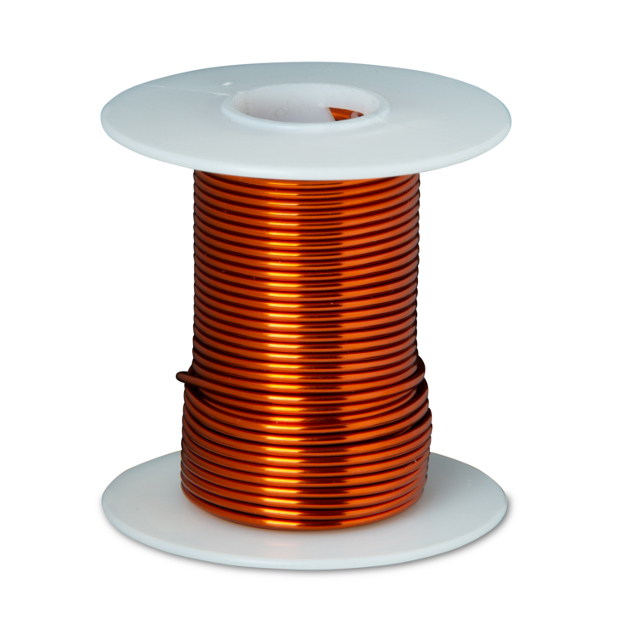Transformers play a crucial role in the distribution of electrical power, serving as the backbone of modern electrical systems. They are essential in converting voltage levels to enable efficient transmission and distribution of electricity. In this blog, we will delve into the different types of transformers, including current transformers, isolation transformers, and power transformers, and explore their significance in power distribution.
Current Transformers (CTs) are a type of instrument transformer designed to produce an alternating current in its secondary winding that is proportional to the current flowing in its primary winding. They are commonly used for metering and protective relaying in the electrical power industry. CTs are essential for measuring and monitoring current flow in high-voltage systems, providing accurate readings for various applications such as energy management, load profiling, and fault detection.
Isolation Transformers are another critical component in power distribution systems. They are designed to provide electrical isolation between the input and output windings, ensuring safety and protection against electrical hazards. Isolation transformers are widely used to isolate sensitive equipment from the power source, reducing the risk of electrical noise, voltage spikes, and ground loops. They are also employed in medical facilities, data centers, and industrial settings to safeguard equipment and personnel from potential electrical disturbances.
Power Transformers are the workhorses of electrical distribution, responsible for stepping up or stepping down voltage levels to facilitate efficient power transmission and distribution. They are commonly found in substations and power plants, where they play a pivotal role in converting high-voltage electricity generated by power stations into lower voltages suitable for distribution to homes, businesses, and industrial facilities. Conversely, power transformers also step up the voltage for long-distance transmission to minimize energy losses before stepping it down for local distribution.
Magnetics-Transformer is a broad category that encompasses various types of transformers, including current transformers, isolation transformers, and power transformers. The term "magnetics" refers to the core material used in transformers, which is crucial for achieving efficient energy transfer and minimizing losses. High-quality magnetics are essential for optimizing the performance of transformers, ensuring high efficiency and reliability in power distribution systems.

The significance of transformers in power distribution cannot be overstated. They enable the efficient transmission and distribution of electrical energy, playing a vital role in ensuring a reliable and stable power supply for various applications. Whether it's measuring current flow, providing electrical isolation, or facilitating voltage transformation, transformers are indispensable in modern electrical systems.
In conclusion, transformers, including current transformers, isolation transformers, and power transformers, are integral components of power distribution systems. They enable the efficient transmission and distribution of electrical energy, serving diverse applications in the electrical power industry. Understanding the role of transformers in power distribution is essential for ensuring the reliability, safety, and efficiency of electrical systems. As technology continues to advance, the demand for high-performance transformers will only grow, driving innovation and advancements in the field of electrical engineering.


